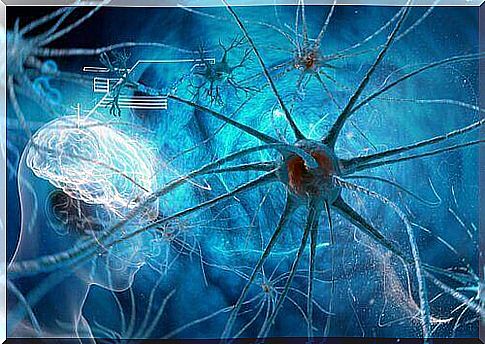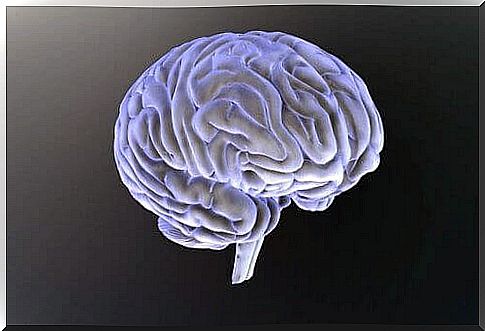Dendrites: The Start Of A Neuroscientific Revolution

For many years, neuroscience has used different tools to analyze the functioning of neurons. In the same way that linguists decipher an unknown language, scientists attempt to decode neural triggering patterns to try to uncover the grammar of the brain. They were therefore able to conduct research on dendrites.
The latest research seems to show that neuroscience, in terms of estimating the capacity of our brains, has only scratched the surface. UCLA University has discovered a hidden layer of neural communication across dendrites. This means that the capacity of the brain could be up to 100 times greater than previously thought.
This discovery may significantly alter the foundations of conventional neuroscience. Just a few months ago, the foundations of neuroscience were propped up with the belief that dendrites somehow resemble passive wiring transmitting electrical signals to the neural body, the soma. But this research has shown that dendrites are more than passive conductors. Dendrites generate their electrical signals. They consist of peaks that are five times larger and more frequent than the peaks that originate from the nuclei of neurons.

What does this discovery consist of?
We are talking here about a radical change in the knowledge of neuroscience about the functioning of the brain. Among other things, it is possible that the learning processes occur at the level of the dendrites and not in the soma of the neurons.
Conventional neuroscience has argued that the electrical signals emitted by cell bodies are the basis of our cognitive abilities. We now know that dendrites do not have a passive function and that they also emit their own electrical signals.
Researchers have also found that dendrites are smart. Indeed, they are able to adapt their electric shot over time. This type of plasticity has so far not been observed in neuronal bodies. This suggests that the dendrites might learn on their own.
Because dendrites are much more active than the cell body, we can begin to believe that much of the information generated in a neuron occurs at the dendrite level without notifying the cell body. In other words, dendrites can act as a computing unit and process their information. An independence that we did not even suspect a few months ago.
Research on the capacity of the brain
Dr. Mayank R. Mehta’s research team has developed a system for placing electrodes near the dendrites of rats. This system captures the electrical signals of the animal when it wakes up and during its daily activities, as well as during its sleep. In this way, the researchers were able to listen for four days to the electrical activity of the dendrites and transmit it live to the computers.
The electrodes were implanted in the area of the brain related to the planning of movements, the posterior parietal cortex. What they managed to capture was that during periods of sleep, the electrical signals appeared to be irregular waves, all peaking.
This means that while the rats slept, their dendrites chatted with each other using electric blows up to five times faster than those produced in the bodies of cells. During periods of awakening, the rate of fire was multiplied by ten.

Dendrites: the measures of the here and now
Another surprising discovery made during this study relates to the type of signal emitted by the dendrites. The electrical signals from the dendrites could be digital, but they also exhibited large fluctuations, almost twice as large as the spines themselves. This type of large-scale fluctuation proves that the dendrite also showed analog computing activity. Something that has never been seen before in any pattern of neural activity.
What calculates this type of dendrite emission seems to be related to time and space. By observing the rats behaving in a maze, two types of signals were distinguished. One in the form of peaks of the cell body as an anticipation of behavior. In this case, it was before turning a corner. While the dendrites emitted their computational signals just as the animal spun.
It seems that neuroscience underestimates the computing power of the brain. Only from the point of view of the volume and the fact that the dendrites are 100 times bigger than the soma, we can assume that the brain has in fact a hundred times more processing capacity than we thought. It seems that the neuron will no longer be the basic computing unit of the brain. Dendrites are now in first place.










